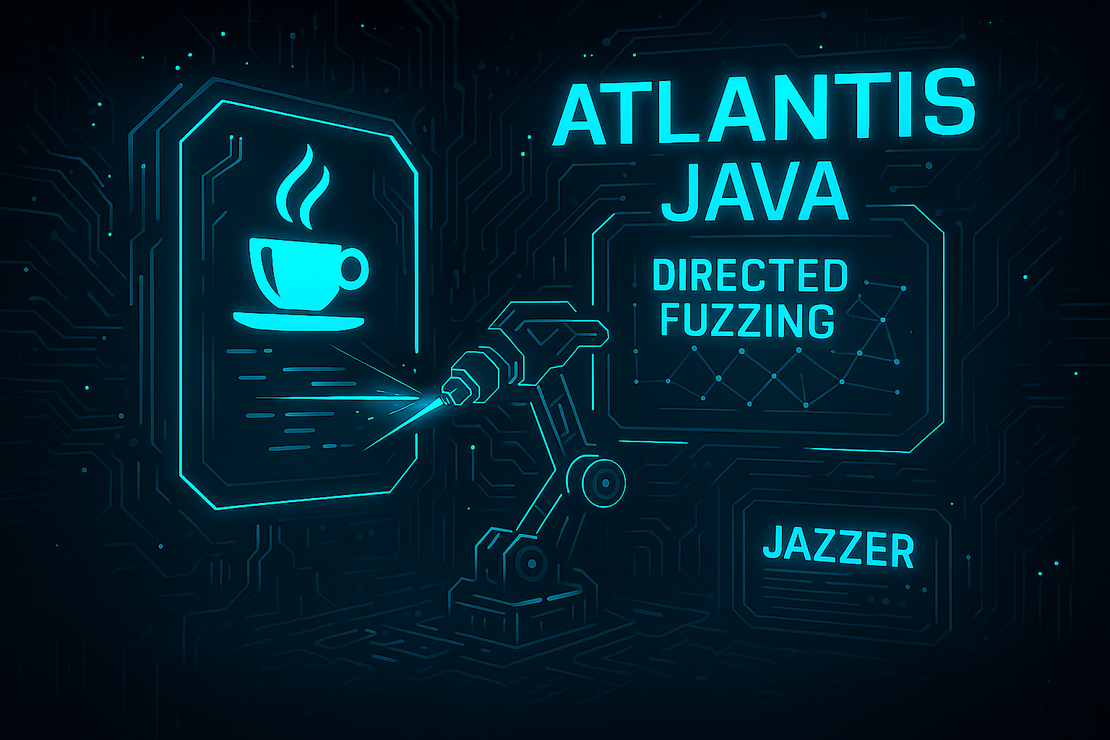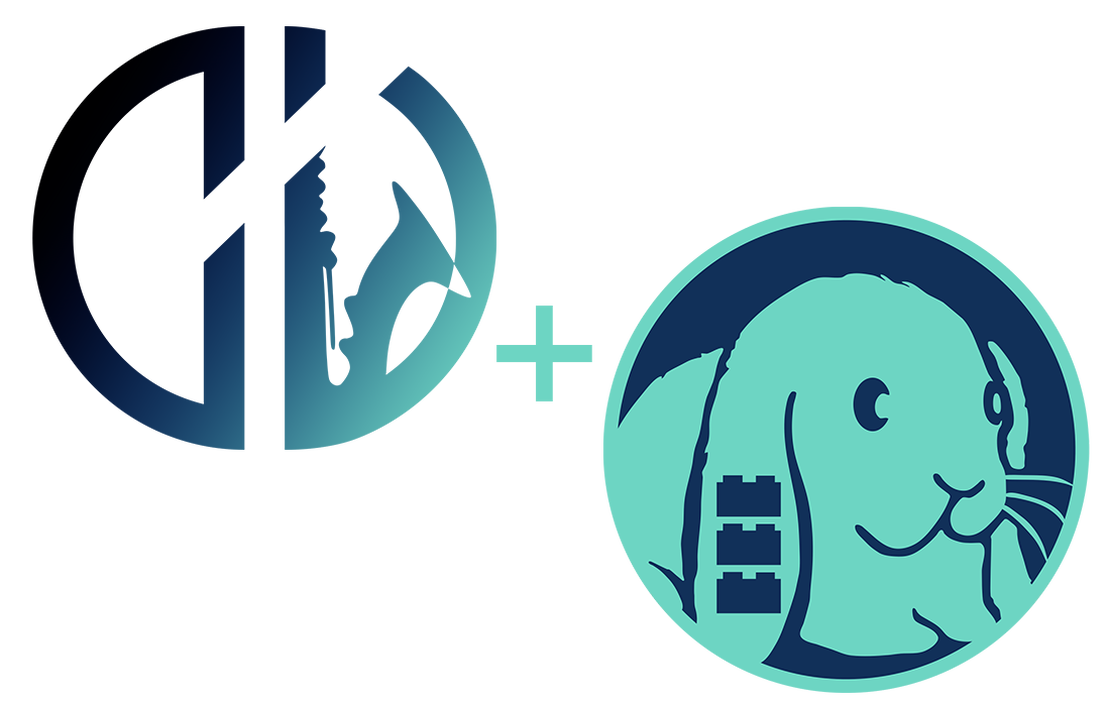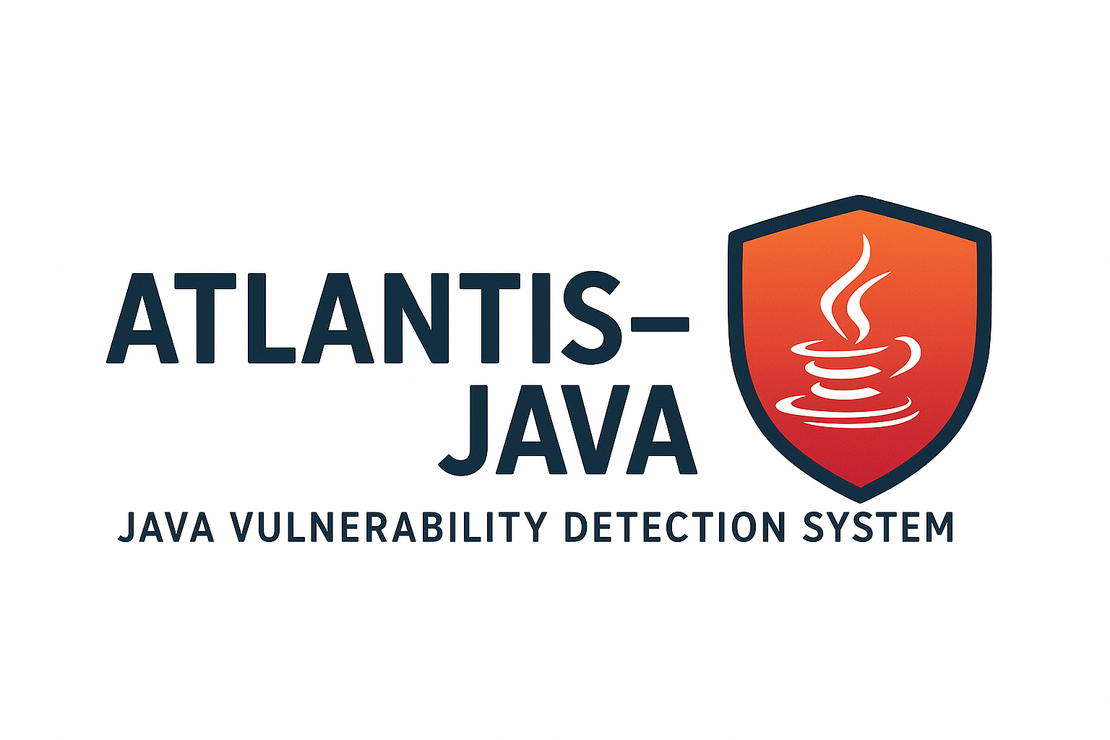Traditional coverage-based fuzzers excel at code exploration. When testing Java code, however, most vulnerabilities require the invocation of a certain Java API, such as creating an SQL statement (java.sql.Statement) for an SQL injection bug. Thus, we target such security-critical APIs with our modified, directed Jazzer to reach and exploit critical code locations faster. This blog post gives an overview over our directed fuzzing setup for Java challenge problems.
Calculating a distance metric for directed fuzzing requires static analysis to identify critical code locations (aka sinkpoints) and compute distances. This static analysis happens mostly offline, independent of the modified Jazzer, to reduce the computational overhead in the fuzzer. However, we still compute the CFG (and, thus, basic block-level distances) in Jazzer to maintain a precise distance metric and allow the update of seed distances during fuzzing.



